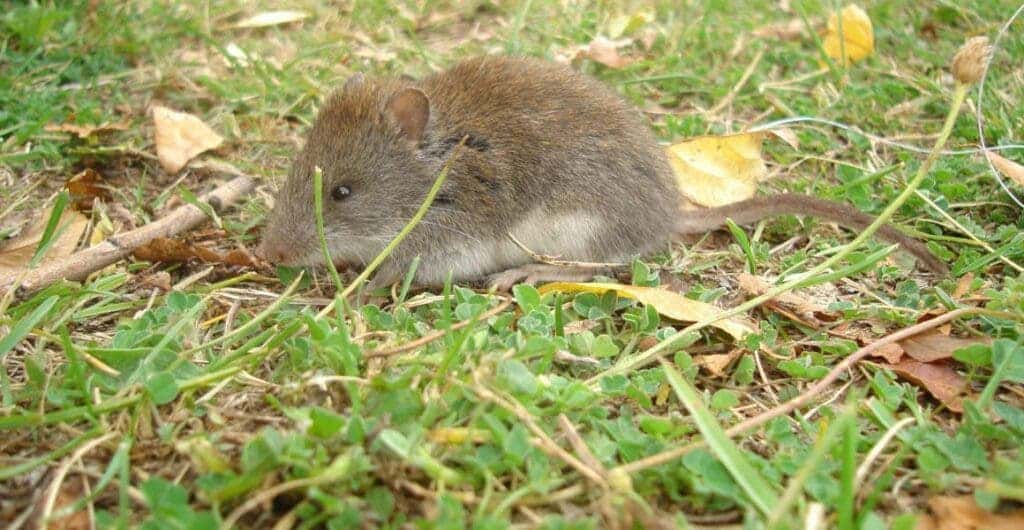The shaggy soft-haired mice (Abrothrix hirta) grow bigger on the western slopes of the mountains than on the eastern sides. As weird as this seems, researchers also believe they know the reason and it’s all because of the rain. The researchers found that the west side of the mountain gets more rain, which means there’s more food for the mice to eat, a phenomenon called the rain shadow effect.

Researchers from Chicago’s Field Museum studied the skulls of 450 of these mice and found the ones living on the western side of the mountains were consistently larger, despite being genetically identical to the ones on the east. They linked this to the rain and food combination and suggested this could be replicated in other animals and species.
“There are a bunch of ecogeographic rules that scientists use to explain trends that we see again and again in nature,” Noé de la Sancha, study author and researcher at Chicago’s Field Museum, said in a statement. “With this paper, I think we might have found a new one: the rain shadow effect can cause changes of size and shape in mammals.”
Pablo Teta, a researcher at the Museo Argentino de Ciencias Naturales in Buenos Aires, Argentina, started studying the shaggy soft-haired mice as part of his doctoral thesis. He saw that some individuals of the species were very big and others really small. At first, he thought they were different species, but DNA analysis showed they were the same.
Rainfall, food, and size
There are many “rules” of nature that explain patterns we see in life. For example, Bergman’s rule explains why animals of the same species are bigger in higher latitudes. The white-tailed deer in Canada, for example, is larger than its Floridian cousins, and this is because having a thicker body in relation to your surface area helps you retain heat better. This new finding could very well pave the way for a new rule.
The researchers used statistical analyses to compare measurements of 450 mouse skulls, seeking to find a pattern to explain the differences in size. Then they tried to map their findings onto different biological rules, but this didn’t lead anywhere. There simply wasn’t a strong link between mouse size and how far north or south the specimen lived, for example.
However, there was a pattern with longitude– how far east or west the mice lived. The researchers believed this could be related to the ‘resource rule’. This suggests that where there are more resources individuals from the same species tend to be bigger than where there are fewer. The size of the mice in the Andes seemed to be following this rule.
However, there was still the open question of why there were more resources on the western slope of the Andes than on the eastern slopes. This is when the rain shadow effect enters – the result of the way that water vapor travels over mountain ranges. Humid air rising up one side of a mountain gradually loses its moisture, leaving the other side in the rain’s “shadow.”
The rain shadow effect matched up perfectly with the rodent’s sizes. The researchers argued it’s the first time that anyone has proven the effects of rain shadow effect on mammals. While exciting for them, this isn’t necessarily good news for the mice, which are in for a rough ride because of expected climate change in the Andes mountain range, de la Sacha said.
“With climate change, we know we’re going to see dramatic changes in temperature throughout the year, and changes in precipitation,” de la Sancha said in a statement. “While they might not be the most important variables affecting the mice’s well-being, they are important in determining available food sources.”
The study was published in the journal of Biogeography.


